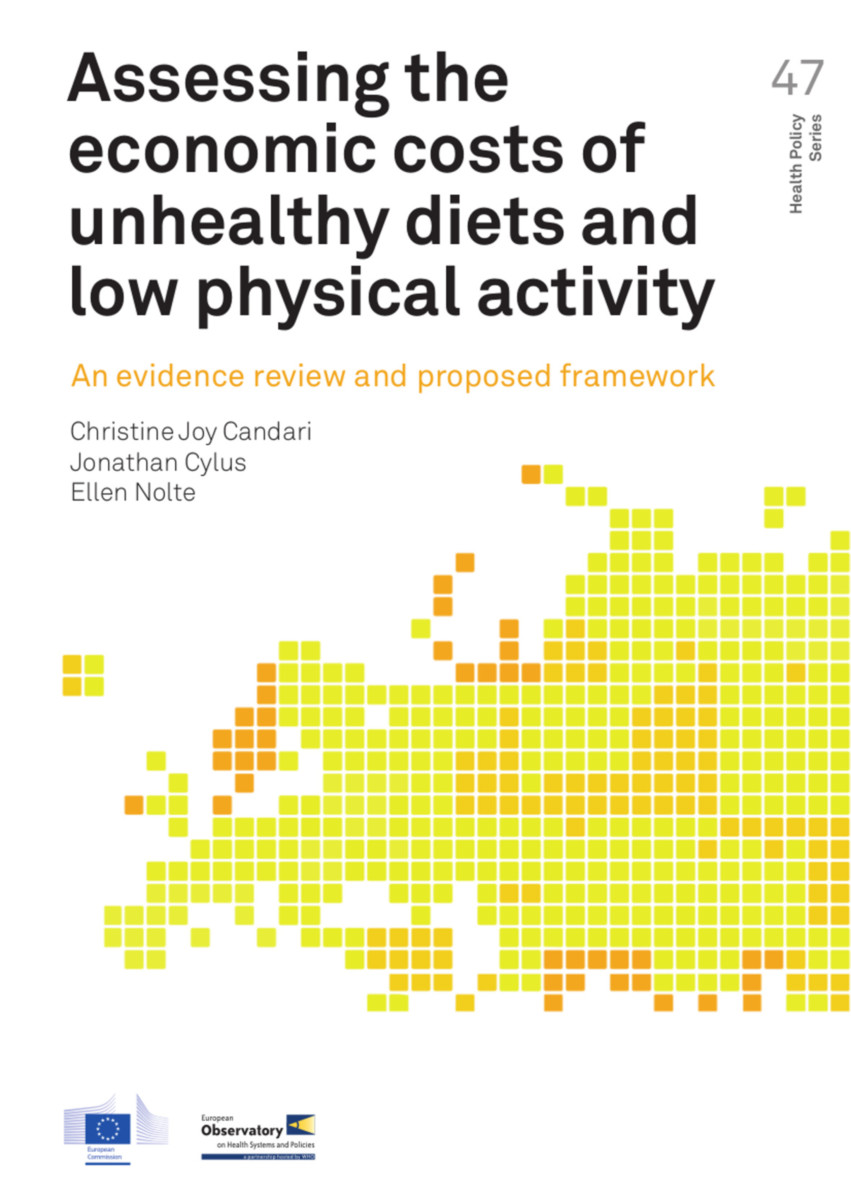Assessing the Economic Costs of Unhealthy Diets and Low Physical Activity
An evidence review and proposed framework
- Publisher
World Health Organization - Published
14th September 2017 - ISBN 9789289050425
- Language English
- Pages 102 pp.
- Size 5.5" x 8.25"
Unhealthy diets and low physical activity contribute to many chronic diseases and disability; they are responsible for some 2 in 5 deaths worldwide and for about 30% of the global disease burden. Yet surprisingly little is known about the economic costs that these risk factors cause, both for health care and society more widely.
This study pulls together the evidence about the economic burden that can be linked to unhealthy diets and low physical activity and explores
- How definitions vary and why this matters
- The complexity of estimating the economic burden and
- How we can arrive at a better way to estimate the costs of an unhealthy diet and low physical activity, using diabetes as an example
The review finds that unhealthy diets and low physical activity predict higher health care expenditure, but estimates vary greatly. Existing studies underestimate the true economic burden because most only look at the costs to the health system. Indirect costs caused by lost productivity may be about twice as high as direct health care costs, together accounting for about 0.5% of national income.
The study also tests the feasibility of using a disease-based approach to estimate the costs of unhealthy diets and low physical activity in Europe, projecting the total economic burden associated with these two risk factors as manifested in new type 2 diabetes cases at 883 million euros in 2020 for France, Germany, Italy, Spain and the United Kingdom alone. The "true" costs will be higher, as unhealthy diets and low physical activity are linked to many more diseases.
The study's findings are a step towards a better understanding of the economic burden that can be associated with two key risk factors for ill health and they will help policymakers in setting priorities and to more effectively promoting healthy diets and physical activity.


